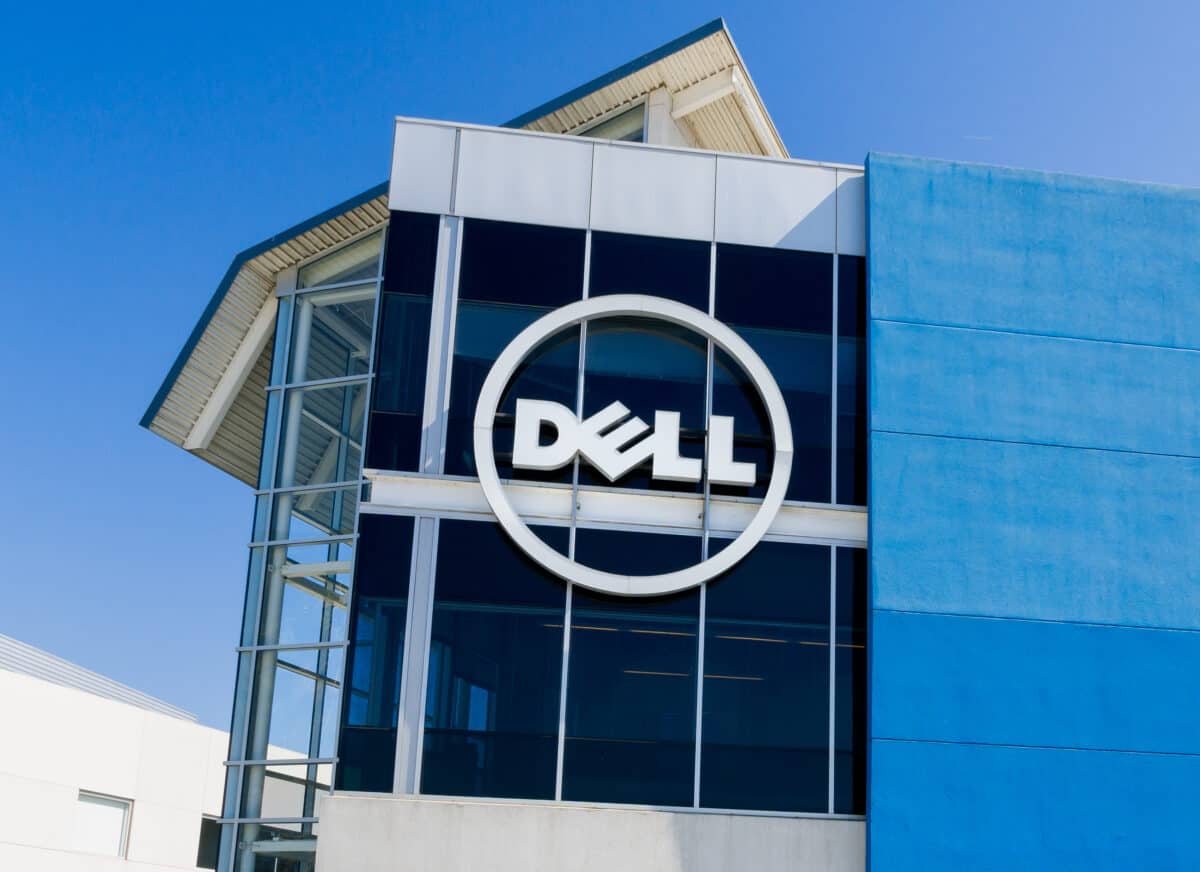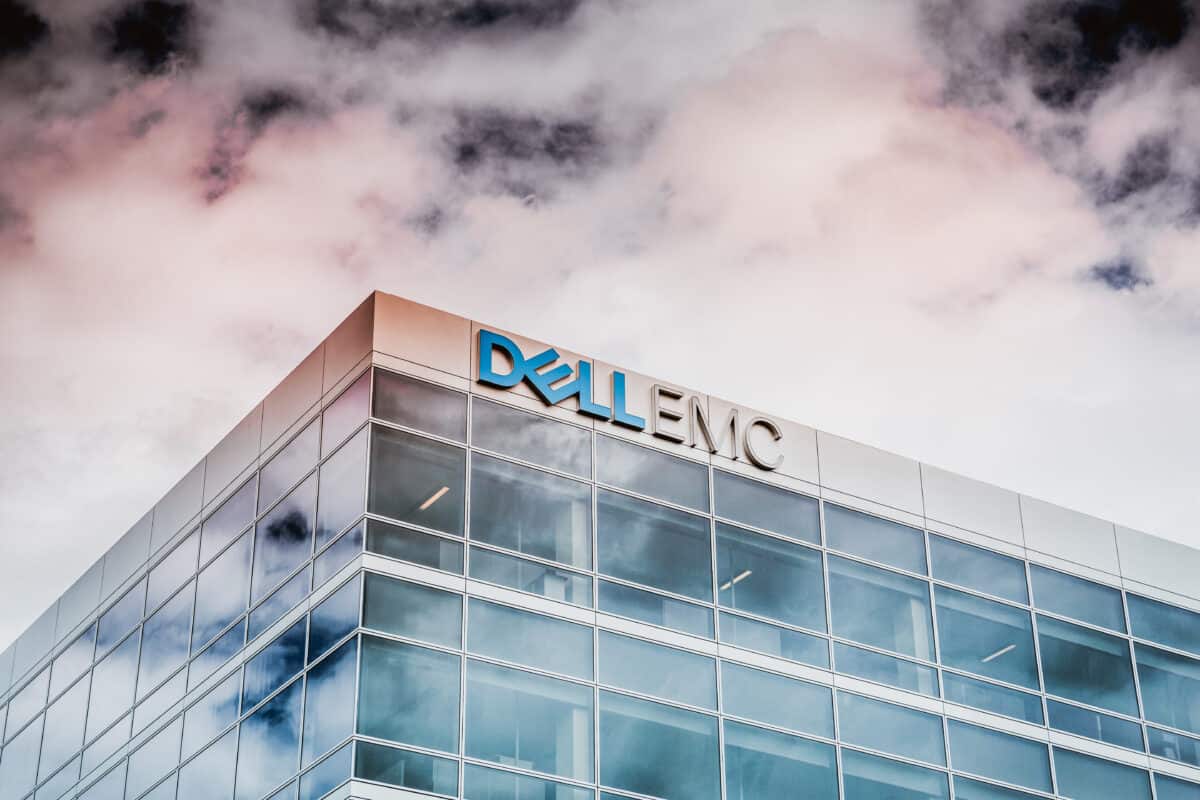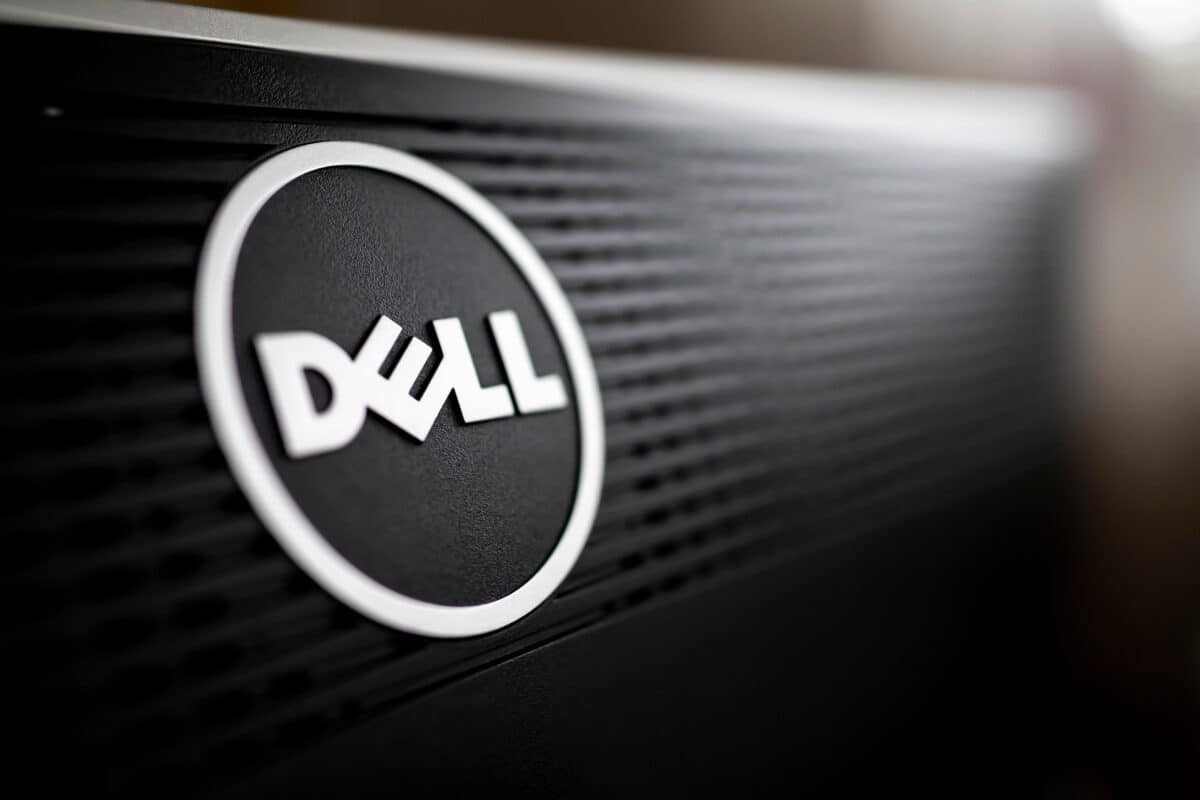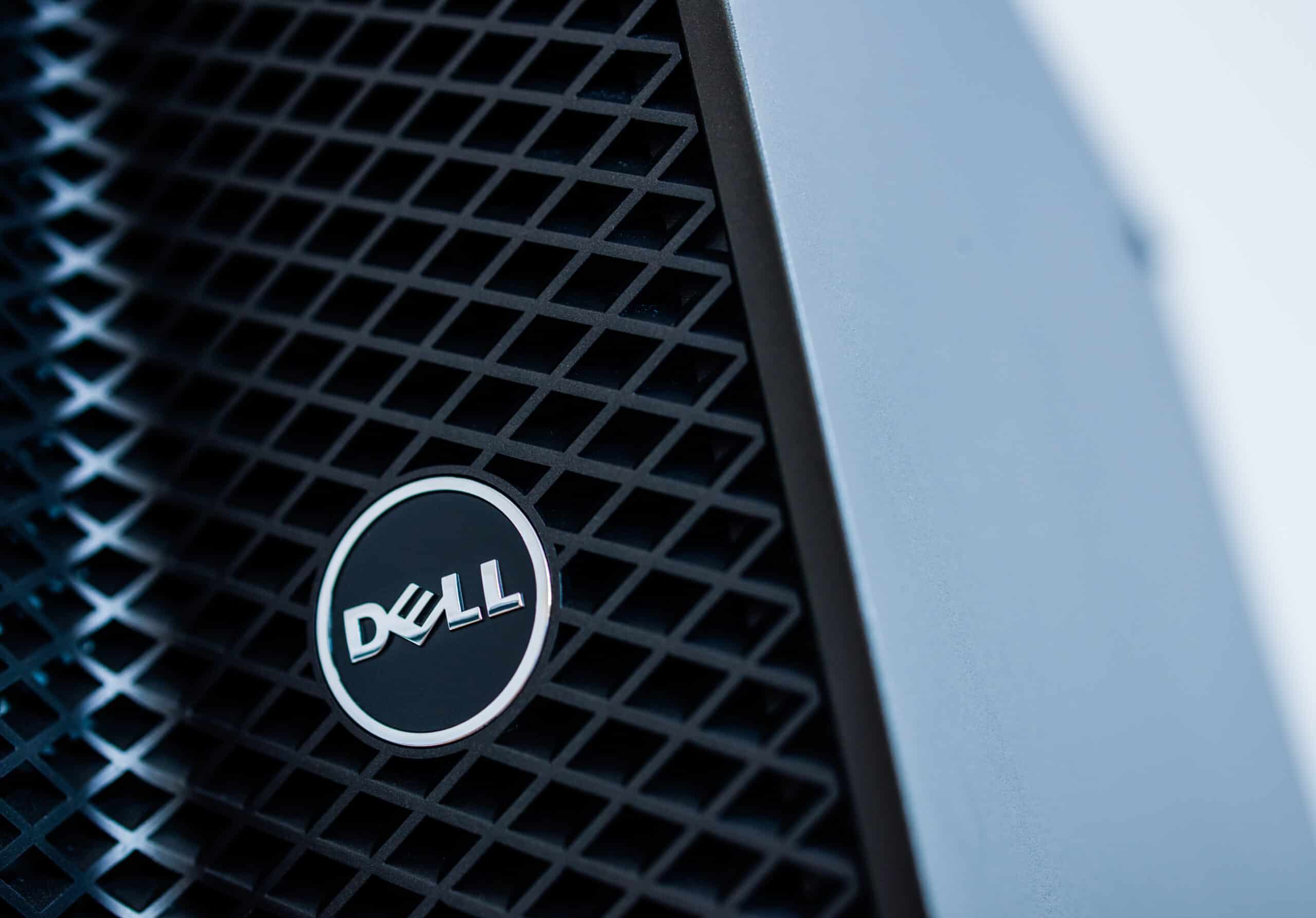Only a handful of names have stood the test of time in the PC world. While HP and IBM get a lot of the glory, Dell helped revolutionize computer purchasing, making its founder, Michael Dell, one of the wealthiest men in the world. With companies like Compaq and Gateway falling out of the market due to brands like Dell, it asks how this company, founded by a college dropout, conquered the PC world.
The History of Dell: What to Know?
Dell’s history is a long and fascinating tale. Today, Dell is one of the most popular PC brands in the world and one of the most prominent players in the industry. Dell makes laptop computers, desktop computers, all-in-ones, servers, and workstations.
Additionally, thanks to the acquisition of brands like EMC, Dell is one of the biggest manufacturers of servers in the world. Dell has also dipped their toes into the PC gaming market by acquiring companies like Alienware. Besides making the Alienware gaming laptops we all know and love, Dell also produces computers for home and business users.
You may wonder how Dell has become such a household name in the computer industry. In today’s article, we will dive deep into Dell’s history and explore how it became the massive company it is now. From their humble beginnings with one man’s dream to the global company powering businesses worldwide, we’ll see precisely how Dell came to dominate the computer industry.
Founding of Dell: How It Happened

The founding of Dell is thanks to one man: Michael Dell.
To understand how Dell became a company, we must go back to 1984, when Michael Dell was still in college. He often enjoyed building computers in his spare time and was very passionate about it. This passion gave him the idea to start his own company.
Michael Dell’s unique selling proposition was that he could sell computers for less than his competitors by assembling the components and selling directly to consumers. Although this concept is familiar to us these days, it was unheard of then.
If you wanted a PC, you needed to go to an outlet store like Apple or IBM and purchase a predesigned system. By building IBM-compatible systems from stock components, Dell could eliminate the middleman and offer significantly cheaper computers.
While still in his freshman year at the University of Texas, Michael Dell began selling PCs out of his dormitory. After seeing impressive initial success, he decided to take it a step further, and within a year, he dropped out of college to focus full-time on the business. With $1,000 of startup capital borrowed from his family, Dell officially became a “PCs Limited.”
Michael Dell: The Visual Story
Essentially starting the company out of his dorm room, this YouTube video from Business Casual highlights how Dell grew from a small company known as “PC’s Limited” to the giant Dell brand we know today. There’s even a mention of how Dell’s first website proved its consumer-friendly model’s success to the tune of more than $2 million per day within two months of its launch.
What’s most notable in the video is how Dell helped change the game regarding how customers ordered a computer. Instead of going to a middleman like Best Buy, where customers paid raised prices, Dell believed he could do better. He created his “direct model of selling” by advertising directly to consumers through computer magazines.
The rest, as they say, is history, as Dell is now a brand with a market cap of $87 billion (as of December 2, 2024). Dell remains one of the three largest computer manufacturers and shows no signs of slowing down.
The Early Days
The first Dell computers were sold via national magazines. Dell chose this outlet to offer customers lower prices by selling directly. In fact, Dell’s first official marketing slogan was “Be Direct.” This direct-to-consumer approach gave Dell the initial momentum to increase its market share and become an even bigger company.
Based on similar PCs, the first Dell computer was essentially a prebuilt computer assembled from existing components. First released in 1985, it was known as the “Turbo PC. ” It came with an Intel 8088 processor. With a price tag of just $795, the Turbo PC was immensely popular.
What made the first Dell PCs even more popular was the ability to custom configure them when ordering. Dell was one of the first PC makers to offer customizable options. Although common today, getting a built-to-order PC was a wildly new concept in 1985.
The Late 1980s
Dell’s first PCs paved the way for explosive growth. In the first year alone, Dell saw a whopping $73 million in sales. After the first few years, Dell expanded globally and set up offices in the United Kingdom.
While Dell was known as “PCs Limited” for its first few years of business, it quickly became apparent that a more suitable name was needed. After much thought, the name was settled on Dell Computer Corporation. The new name was hoped to present Dell as a more professional and modern company, better suited to handling the needs of business and corporate clients.
After the name change in 1987, the company considered going public. With an average of 80% growth annually, the Dell Computer Corporation is not short on funds, but the lure of investor capital is highly tempting.
More money could be used to fund further expansion into global markets, and in 1988, Dell officially announced its intention to go public. With the initial public offering, Dell sold 3.5 million shares at $8.50 per share.
Once Dell went public, its growth was unstoppable. Due to the lack of local stores willing to service Dell products, Dell needed to open physical locations for customers to receive service. In response, the first service centers were opened in 1989 in multiple countries worldwide, from Europe and Asia to the Americas.
The 1990s
The 1990s were a busy decade for Dell.
In 1992, Michael Dell became the youngest CEO of a Fortune 500 company when Fortune included Dell in its list of the 500 largest companies in the world. By this time, Dell had begun to test the waters in different sales channels.
One such idea was to sell PCs in retailers like Walmart. Another idea was to sell PCs in computer superstores and warehouses. Unfortunately, neither of these ideas panned out for Dell, and ultimately, they decided to stick to the direct-to-consumer model they were known for.
With the advances in the internet happening at this time, Dell was poised to take advantage of a new market. Dell’s website took off throughout the second half of the 1990s. Although their attempts to enter the retail sector were unsuccessful, the Internet would prove Dell’s ticket to further success. Dell’s direct-to-consumer model could shine with the internet since computers could be bought and paid for online.
Dell enjoyed slow and steady growth throughout the rest of the decade, and by 2004, it had surpassed every other PC manufacturer. While its competitors went bankrupt or were bought out during the “Dot Com Crash” around this time, Dell’s continued success catapulted them to number one.

The 2000s and the Decline of Dell
After many years of growth and success, the cracks began to show in Dell’s foundation. The factors leading up to Dell’s downfall were also, in part, some of what made them successful. Things like direct-consumer sales and custom-configured PCs were successful initially, but the rise of big-box retailers and competing brands posed a growing threat to this business model.

Dell’s lack of investment in research and development led to other brands surpassing them in innovation. The latest models from brands like HP, Acer, and Toshiba often came packed with more features and better hardware than similar Dell computers. In addition, Dell’s focus on direct sales meant they couldn’t capitalize on the growing consumer interest in retail computer sales. Furthermore, since Dell computers could not be found on store shelves, most buyers chose a computer from a competitor.
Another growing issue was that Dell could no longer compete on price. Since the cost of computers had fallen, Dell wasn’t making as much profit with each sale. Computers that used to sell for thousands were now selling for hundreds, resulting in Dell needing to cut back on expenses.
Dell: Notable Controversies
Customer Service
The customer service department was the first area Dell looked to cut costs in. Although Dell always maintained a reputation for excellent customer service, this would change throughout the 2000s. The company’s technical support infrastructure could not keep up with Dell’s growth, and over time, this led to a severe decline in customer service quality. After shifting technical support lines to offshore call centers, excessive wait times and poor service meant Dell’s reputation took another dive.
Faulty PCs
Dell’s reputation blew another after discovering that it had shipped millions of faulty PCs. Between 2003 and 2005, almost 12 million Dell Optiplex desktops were recalled due to malfunctioning capacitors. Dell’s nail in the coffin was that most of these PCs were purchased by business clients such as schools and governments. The result was that Dell lost a significant share of its corporate clients.
Faked Financial Reports
An SEC investigation into Dell’s financial reports revealed Dell misrepresented earnings. Several employees were found to have exaggerated the figures in quarterly reports to meet their sales quotas. Dell failed to disclose this information to investors, and, as a public company, the penalties were strict. Ultimately, Dell was fined $100 million by the SEC.
Acquisitions: How Dell Recovered
In 2006, Dell was officially surpassed by HP as the largest PC maker in the world. This was the first year that Dell experienced a decline in sales, and it was clear that something needed to change.
Dell began to downsize and lay off employees, and by 2013, it had gone private in a leveraged buyout. Michael Dell cited the need to undergo significant changes in the company and said that having public investors would interfere with its revitalization.
Since going private, Dell found renewed success. By expanding further into servers, networking, and infrastructure, Dell was able to offset losses from the PC side of the business. Thanks to acquiring companies such as SecureWorks, VirtuStream, Wyse, and SonicWall, Dell built the perfect home and cloud computing IT ecosystem, including some of the most important acquisitions.
EMC Corporation – Cloud Computing
Dell acquired EMC Corporation in 2016 for $67 billion, bringing a massive upgrade to Dell’s servers and infrastructure. The EMC acquisition also had an enormous stake in the cloud computing giant VMware.
Alienware – Gaming Computers
Alienware was another brand that Dell leveraged to take back market share in the home user sector. Since Dell acquired Alienware, computers have become some of the world’s most popular gaming laptops and desktops. Although the original amount that Dell paid for the Alienware brand was never disclosed, it is rumored to be over $3 billion.
Dell: What are the Most Important Inventions?

After several years out of the public eye, Dell went public again in 2018. Today, Dell accounts for a large share of global PC and server sales. Dell is also one of the largest peripherals manufacturers of monitors, keyboards, and mice. Some of the most important inventions are listed below.
Dell Servers
Dell began making servers in the early 1990s, and by 1996, they released the first generation of the Dell PowerEdge server. Today, their most famous servers include the PowerEdge R720, R730, R740, and more.
Dell Laptops
Dell has been making laptops for decades and is responsible for creating some of the most popular models. Some of its most famous laptops include the XPS series, which consists of some of its flagship models, including the XPS 13 and XPS 15. In addition, Dell also has its more budget-friendly Inspiron lineup, which includes a variety of different 2-in-1 devices.
Business users look to Dell’s Latitude lineup, which can be upgraded or downgraded based on your business tasks. Dell has made it very easy for IT departments to bulk order its Latitude lineup while customizing internal components so they can grow alongside a business.
Dell Desktops
Dell is well-known for its desktop computers. Some of their most popular models include a popular laptop named Inspiron, which also carries through as a budget-friendly desktop lineup. These are your perfect family computers where everyone can get homework and work done without breaking the bank. The Inspiron lineup also includes some all-in-one machines that help reduce the space required to fit a desktop on a desk.
Although not particularly innovative design-wise, Dell’s desktops are known for being made with a quality manufacturing process and are reasonably priced. Its OptiPlex lineup, focused on the business user, is small and compact enough to fit in a tight space and even behind a monitor. This desktop famously powers many register systems at big-box retailers.
Last, you have Dell’s Precision desktops, which offer slightly more power than the Inspiron series, though they are not exactly design favorites. However, performance matters above all else, and in this case, the Dell Precision series delivers.
The image featured at the top of this post is ©Hadrian/Shutterstock.com.

